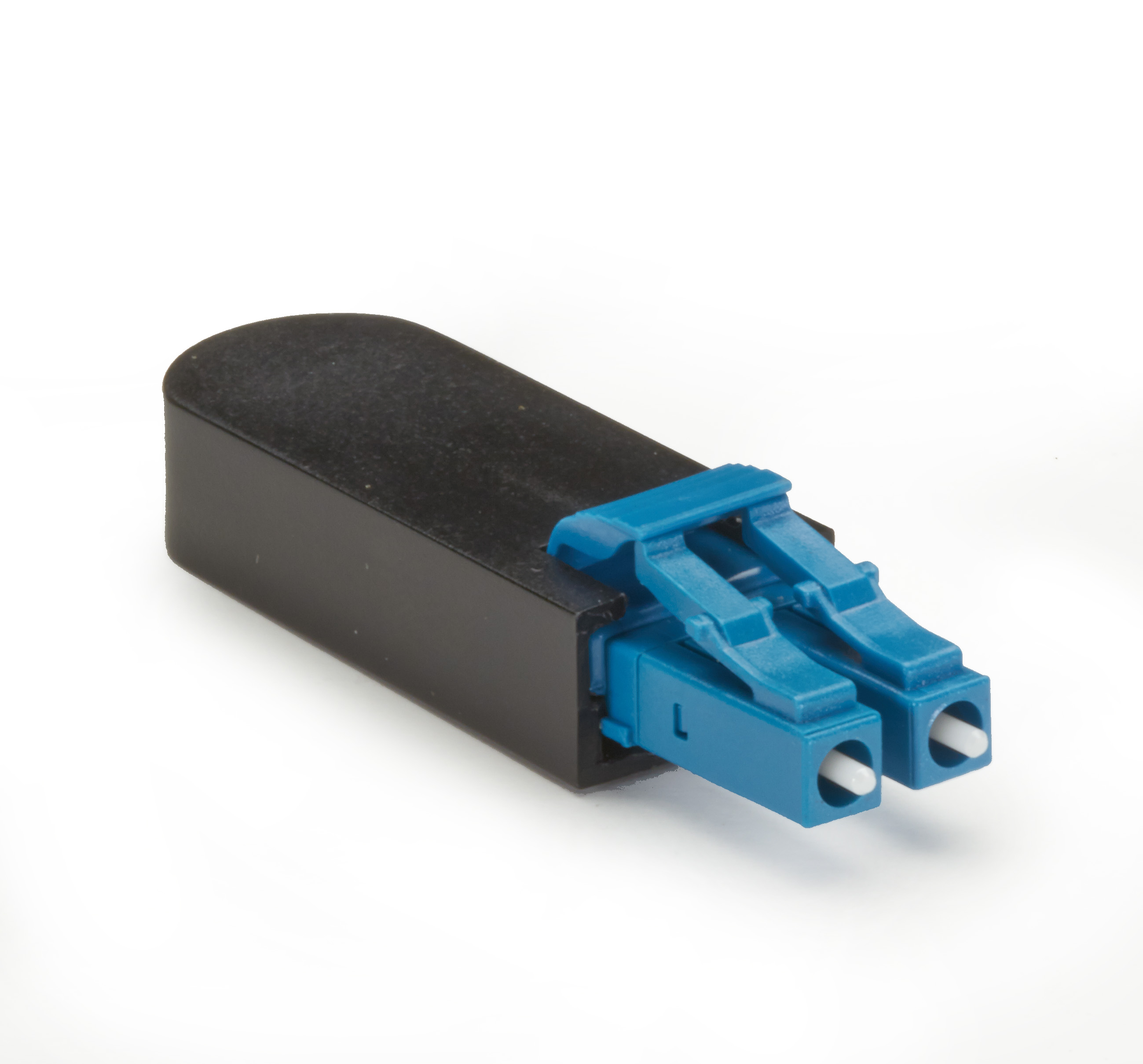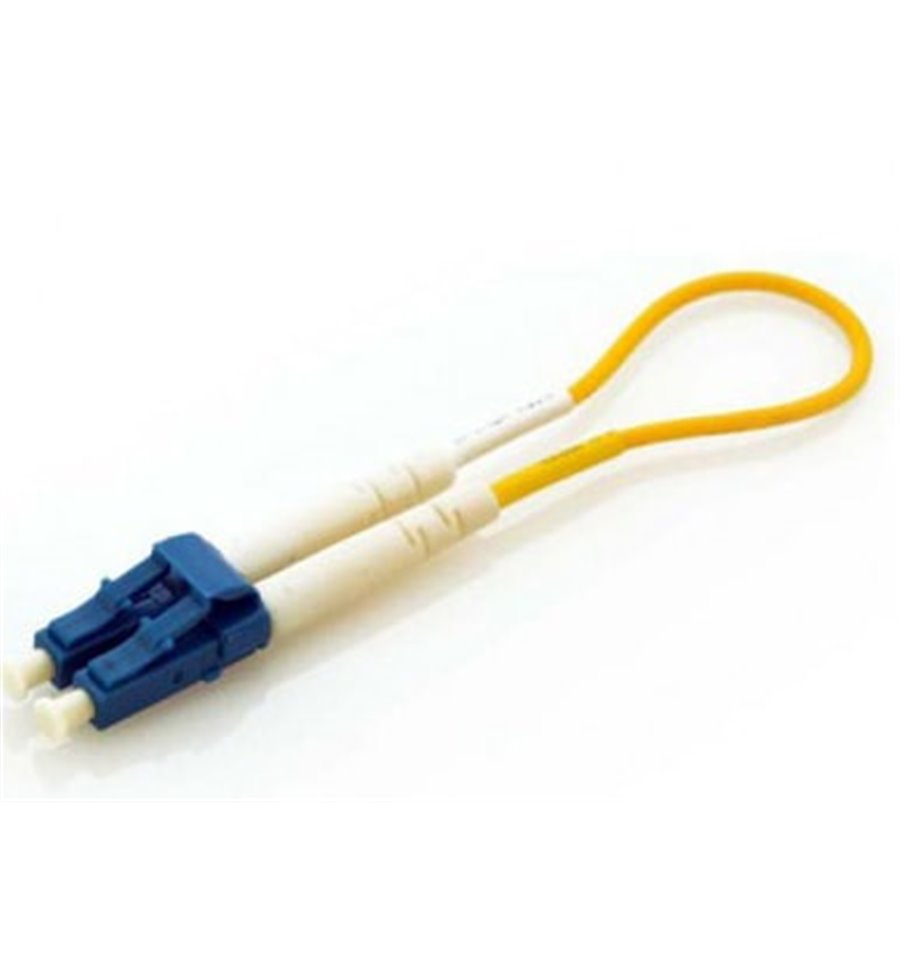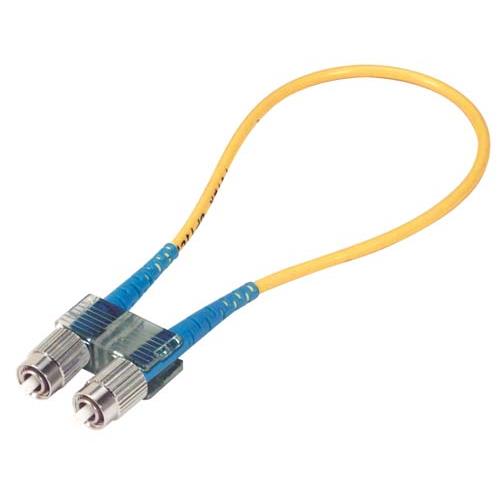

And it is very useful when you have a physical connection problem.
#Fiber loopback Patch
These devices are usually designed for testing fiber optic transmission capability and receiver sensitivity of fiber optic network equipment. Fiber optic loopback is used to provide a medium of return patch for an optical signal, especially for fiber optic testing applications and network restorations. Insertion loss 0.20 dB,Return loss 4560 dB,Repeatability 0.10 dB,Changeability 0.20 dB,This adapters uses ceramic sleeve to connect between two SC fiber Optic cables. LC/UPC Duplex OM1 MM (62.5/125) Fiber Optic Loopback. Loopback adapters contain two simplex connectors, one is to be connected to the input port and another to the output port. Jeirdus LC/UPC Duplex OM1 MM (62.5/125) Fiber Optic Loopback Module Connector Tester Adapter. They also come with different types of connectors including LC, SC, and MTRJ. In this part, we will introduce two types of tests to troubleshoot transceiver and switch port: single-port test and dual-port test.Our loopback adapters come in both singlemode (9 micron) and multimode (50 micron/62.5 micron). The fiber optic loop back modules are two connectors combined together to form a solid module.
#Fiber loopback how to
In the next part, we will deliver how to do the fiber loopback test on the transceiver.

As for the MTP/MPO loopback, it is mainly used for testing parallel optics, such as 40G and 100G. MTP MPO LGX Cassettes from, global supplier in fiber optic network, FTTx, fiber cabling, fiber testing and integrated network solutions. The LC and SC loopbacks are made with simplex fiber cable and common connectors it’s not difficult to understand their configurations. MTP/MPO loopbacks in standard configurations such as for QSFP modules for a QSFP MTP loopback tester. In testing fiber optic transceiver modules, the most commonly used are LC, SC and MTP/MPO loopback cables. For its unique working mode, the test is a convenient way to maintain transceivers. All fiber modes including 9/125, 50/125, 62.5/125. Conventionally, a transceiver has a transmitting port and a receiving port, in that way, the loopback test can be applied to test the ports to diagnose whether the transceiver is working well and the configuration of the switch is right. When we need to know whether our fiber optic transceiver is working perfectly, we can use a fiber loopback cable as an economic way to check and ensure it. As you know, the transceiver is the basic component of fiber optic communication network equipment. In telecommunication, fiber loopback is a hardware designed to provide a media of return patch for a fiber optic signal, which is typically used for fiber optic testing or network restorations. The MTRJ fiber optic loop back connector can be custom made the length and cable diameter, they are used.
#Fiber loopback Pc
To conduct a fiber loopback test, the communication devices will be involved, like the transceivers and the switch. Buy Fiber Loopback Single Mode/Multimode Fiber Loopback Module w/ best price online, select Fiber Cable Assemblies at . Product Details: We supply both MTRJ Fiber Optic Loopback Connector, this products are available in single mode and multi mode types, with typical 9/125 SMF or 50/125 MMF or 62.5/125 MMF, usually it is with PC polished connectors and clips.

But what a loopback test means for fiber optic network and how to make use of it will be the issues that we will explore in this post. Therefore, by comparing transmitting signals with the receiving signals, the loopback test is used to debug physical connection problems. It refers to the process of transmitting electronic signals or digital data streams and returning to their sending point without any intentional processing or modification. Loopback is a commonly used term in telecommunications.


 0 kommentar(er)
0 kommentar(er)
